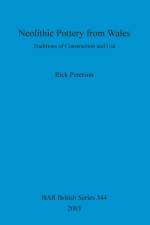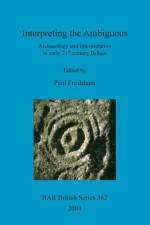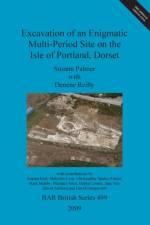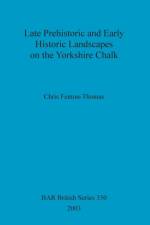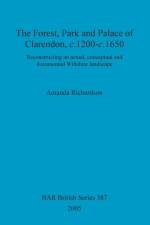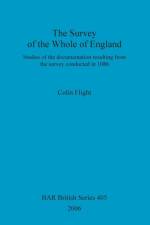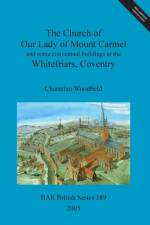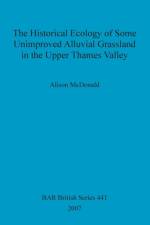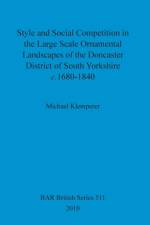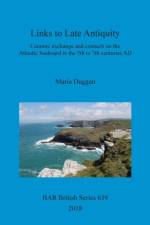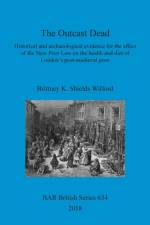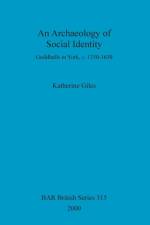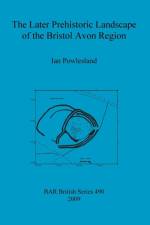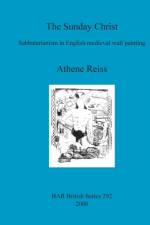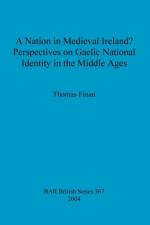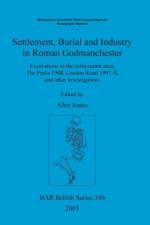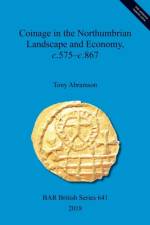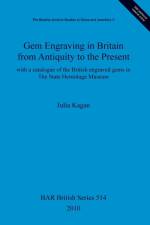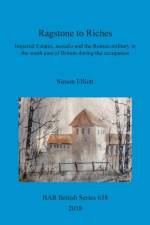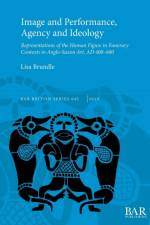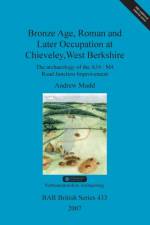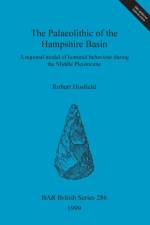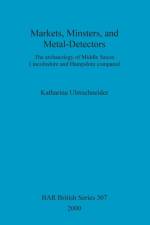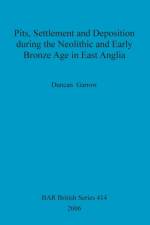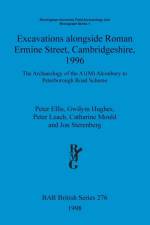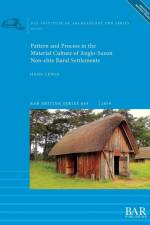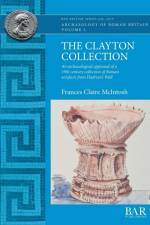av David Mullin
635,-
This study focuses on an area which up until now has not been studied in any great detail, and this is mainly due to a lack of any major visible archaeological remains. This study takes a thematic approach, first listing previous research and models for the Bronze Age in the chosen area of the Northern Midlands, a low-lying landscape formed after a period of glaciation and retreat, as well as giving a background to the Bronze Age in general. The thesis encompasses a study area comprising Cheshire and Northern Staffordshire and Shropshire. The region in question is very different in nature from the landscape of Wessex and southern England, with the soils here being heavy and damp, and the majority of archaeological remains coming from Roman sites such as Chester and Wroxeter. This is a landscape-based study, bringing together a wide range of information for a specific homogenous region during the Bronze Age. Mullin makes it clear that the different soil types of the study area play an important role in the archaeological interpretation of various sites, and he divides these soils into five main types: Brown Soils, Surface water gleys, Ground water gleys, Podzols and Peats. The study looks at a number of different aspects of this region, including burials, lithic remains, settlement evidence (especially in relation to the surrounding environment), metalwork and metal production. One of the main conclusions Mullin makes is that the data given by the soil analyses carried out shows that those soil types present during the Bronze Age were very different from those present prior to forest clearance. This shows that farming did indeed play an important role during this period, but there is an accompanying lack of the major settlement evidence that this would suggest. Mullin explains this, and the lack of any large field systems on a mobile way of life, linking with it patterns of trade that had already been set in the Neolithic period, and many of the decorative and new items appearing in this period are attributed to this purpose. Although settlement was not widespread, Mullin states that burials are significantly linked to specific places, and that their spatial positioning is of importance, as is the link between the placing of metalwork in relation to burials. One important conclusion is that relating to the nature of hilltop enclosures. Mullin believes that these were the hubs of Late Bronze Age social networks, and cites the movement of pottery in this area as a good indicator of this pattern. Mullin states that it is probable that these sites were for specialist purposes only, and were thus located away from the regular and more obvious lowland sites, again stressing the importance of mobility in Bronze Age society in the period in question. This thesis does lack evidence of lowland settlement during this period, and as such this is an area which obviously requires more study. However, this thesis does succeed in shedding light on some of the regional diversity in Bronze Age Britain, as well as giving more relevance, perspective and meaning to the material culture of Bronze Age Britain in this region.

